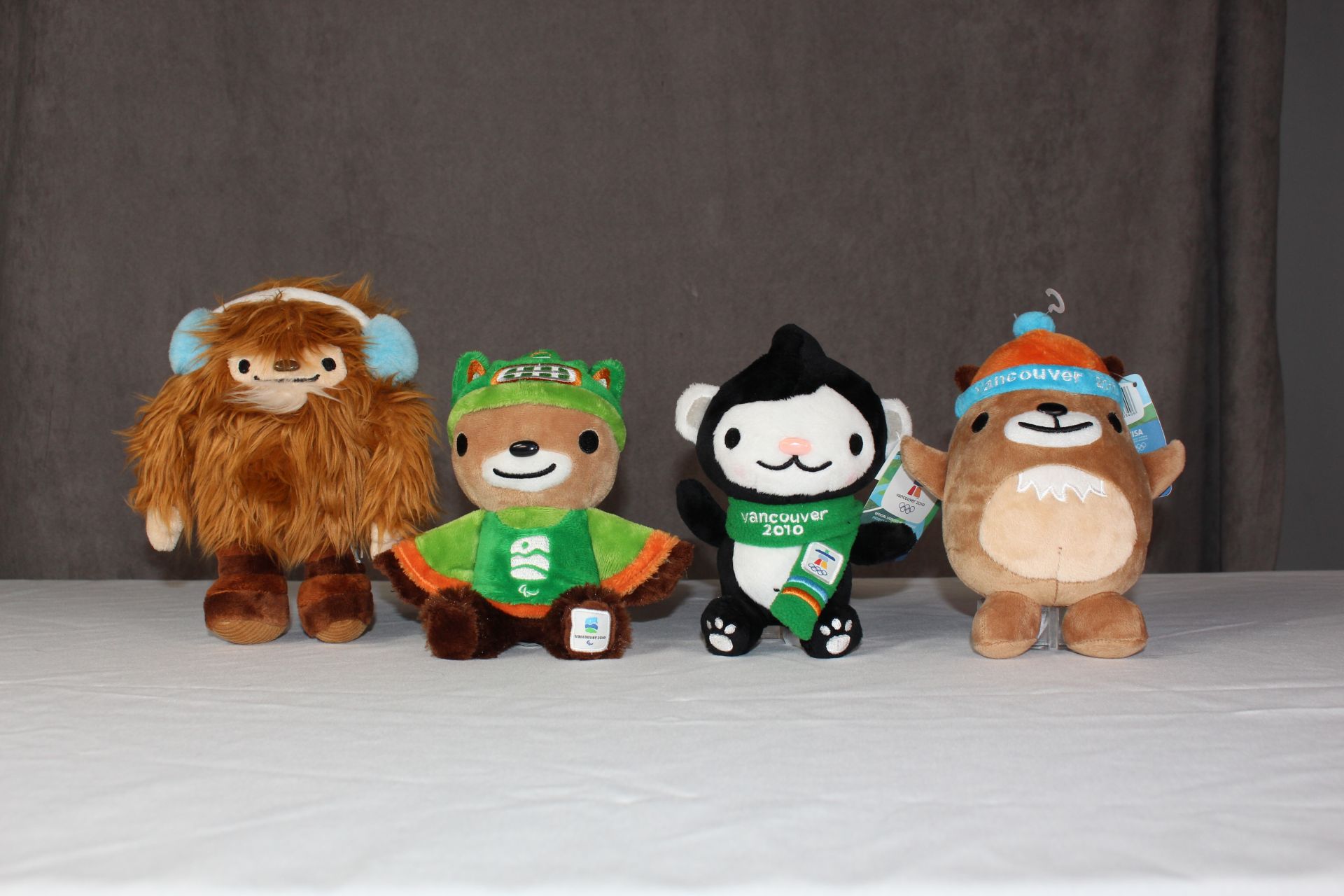The International Olympic Committee (IOC) states that "Olympic mascots are the ambassadors of the Olympic and Paralympic Games. They embody the spirit of the Olympics and play a vital role in welcoming athletes and visitors to the Games."
The mascots have the important job of upholding the Olympic spirit and highlighting the values of the Games for which they were created. Mascots are also tasked with promoting the history and culture of their host city.
At the 1968 Winter Olympics in Grenoble, France the first Olympic mascot made its (unofficial) debut. He was a little man on skis named "Shuss" and is red, white, and blue, which are the colours of France's flag. Instead of mascot, at the time Schuss was referred to as a character.
The first official mascot of the Olympic Games came during the 1972 summer games in Munich, Germany. "Waldi" was a colourful dachshund, a popular animal in the German state of Bavaria, and symbolized endurance, tenacity and agility.
The 1980 Paralympics in Arnhem, Netherlands debut the first official mascot for a Paralympic games when they unveiled a pair of squirrels named Noggi and Joggi. The first Winter Paralympics mascot debuted in 1992 in Albertville, France and was a mountain on a mono-ski named "Alpy".
Since the 1968 Olympic Games and the 1992 Summer and Winter Paralympic Games, each rendition has featured a mascot whether an animal, human, or even an animated piece of steel . The three Canadian cities that have hosted the Olympics have also created interesting characters that have paid homage to the history and culture of each city.
At the 1968 Winter Olympics in Grenoble, France the first Olympic mascot made its (unofficial) debut. He was a little man on skis named "Shuss" and is red, white, and blue, which are the colours of France's flag. Instead of mascot, at the time Schuss was referred to as a character.
The first official mascot of the Olympic Games came during the 1972 summer games in Munich, Germany. "Waldi" was a colourful dachshund, a popular animal in the German state of Bavaria, and symbolized endurance, tenacity and agility.
The 1980 Paralympics in Arnhem, Netherlands debut the first official mascot for a Paralympic games when they unveiled a pair of squirrels named Noggi and Joggi. The first Winter Paralympics mascot debuted in 1992 in Albertville, France and was a mountain on a mono-ski named "Alpy".
Since the 1968 Olympic Games and the 1992 Summer and Winter Paralympic Games, each rendition has featured a mascot whether an animal, human, or even an animated piece of steel . The three Canadian cities that have hosted the Olympics have also created interesting characters that have paid homage to the history and culture of each city.
Amik, Montreal 1976
Hidy & Howdy, Calgary 1988
Quatchi ,Miga & Sumi, Vancouver 2010



